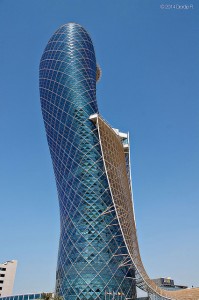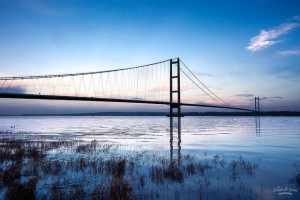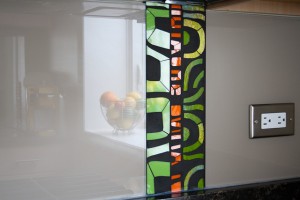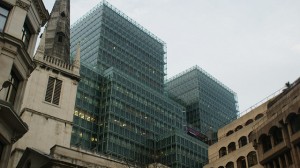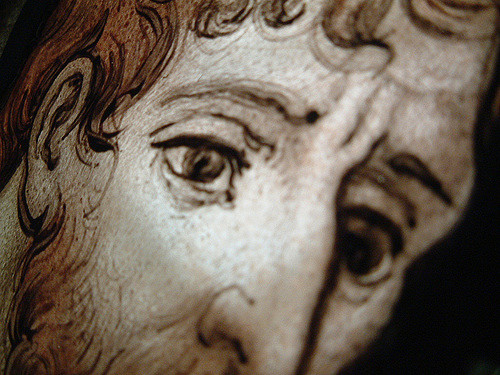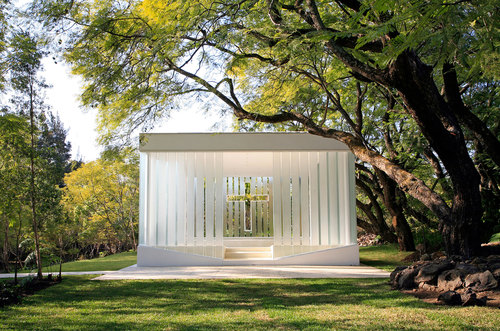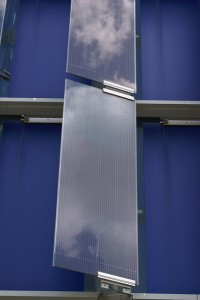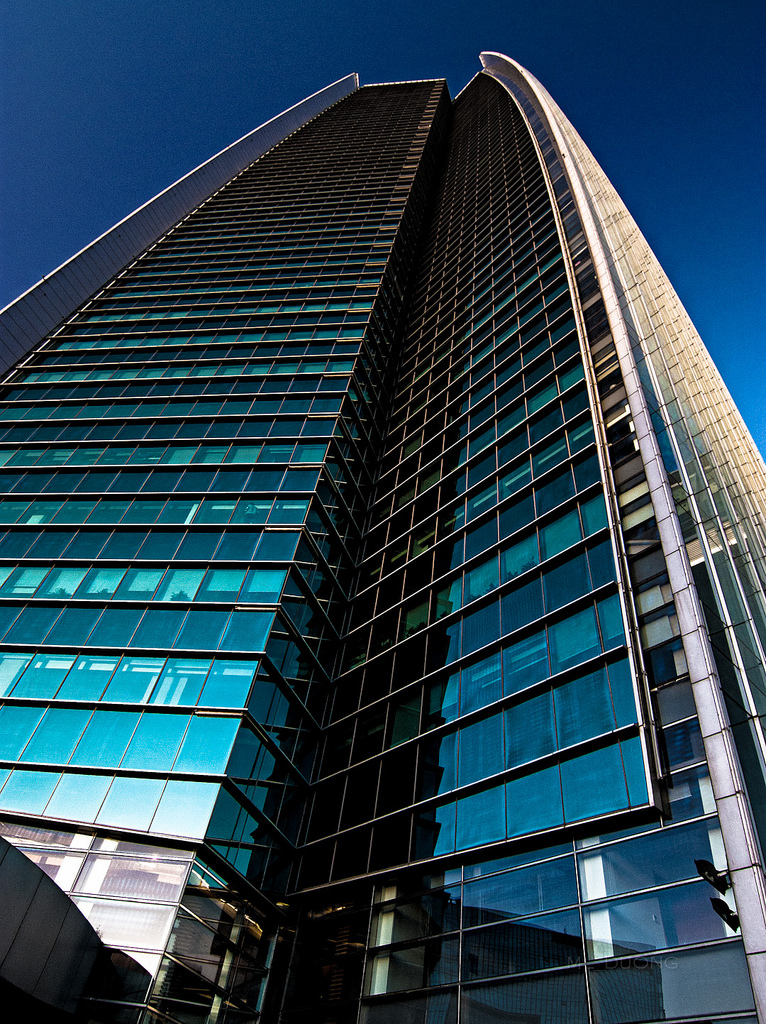Iconic Glass Structures – Capital Gate, Abu Dhabi
Abu Dhabi is the home of a number of iconic glass structures. One of the most recognizable buildings is the Capital Gate. Built in 2010, the Capital Gate is a 35-story hotel and office complex that has a pronounced, 18° lean. The Capital Gate holds the distinction of being the world’s furthest leaning manmade tower.
Structure leans more than any building in the world
The glass and steel structure is built using a pre-cambered core, which allows the building to lean without the danger of collapse. The core is built slightly off-center and anchored with nearly 500 pilings buried nearly 100 feet underground.
The building also uses a “diagrid” technique to counteract seismic forces and the effects of wind. The first 12 floors of the building are built directly on top of each other. The remaining floors are offset between .3 and 1.4 meters to achieve the building’s signature swirl shape. The building is part of the larger Abu Dhabi National Exhibition Centre, which is owned by the Abu Dhabi National Exhibitions Company.
The Capital Gate is not the tallest building in Abu Dhabi, but it is distinctive, nonetheless. The building’s lean is nearly four times that of the Leaning Tower of Pisa. It also features a “splash canopy” that helps to shield the office tower from the sun. By shielding the glass on the sunny side of the building, the splash canopy reduces energy consumption and makes the office floors more comfortable. The building is a combination of architecture and engineering, and has won numerous design awards since its opening.
The Capital Gate is home to the Hyatt Capital Gate Hotel, a 189-room luxury hotel, which occupies the upper floors of the Capital Gate building. The hotel rooms feature floor-to-ceiling windows, an outdoor lounge and spa area.It is also attached to the largest convention and exhibition venue in the Middle East.
If you’re looking for glass inspiration, please visit the rest of our site. If you’re ready to purchase Glassprimer™ glass paint, please visit our online store .
Photo Credit: Djordje Radovanovic , via Flickr.com

